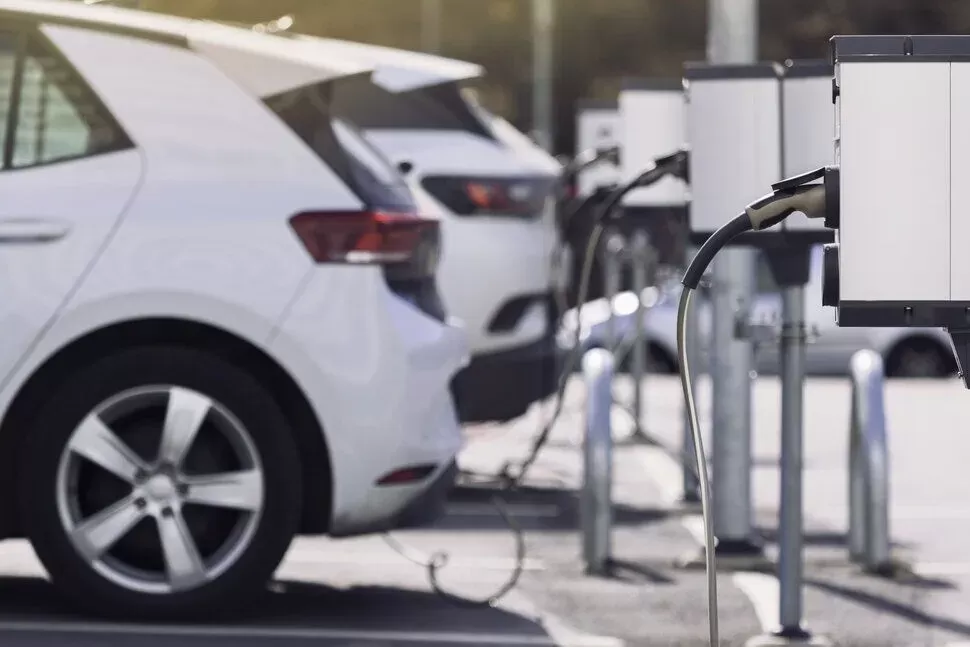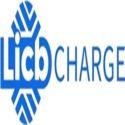Notifications

4 minutes, 35 seconds
-116 Views 0 Comments 0 Likes 0 Reviews

With the growing adoption of electric vehicles (EVs), one key question that often arises is whether all electric vehicles use the same charger. The answer depends on various factors, including charging levels, plug types, and manufacturer-specific standards. Here’s a breakdown to help clarify how EVs are charged and whether compatibility could be an issue:
Level 1 Charging (120V AC)
Speed: Slowest, adding 3-5 miles of range per hour.
Usage: Ideal for overnight charging at home with a standard 120V outlet. No special installation is required.
Level 2 Charging (240V AC)
Speed: Faster, adding 10-60 miles of range per hour.
Usage: Common for home and public charging stations. It requires a 240V outlet and may need professional installation.
Level 3 Charging / DC Fast Charging (400-1000V DC)
Speed: Very fast, capable of charging up to 80% in under 30 minutes.
Usage: Found along highways for quick, long-distance charging. It uses direct current (DC) for much faster charging than AC.
Different manufacturers use various plug types for their vehicles, especially when it comes to DC fast-charging plugs. Here's a breakdown of the most common charging plugs:
J1772 Type 1 Connector (North America):
Used for Level 1 and Level 2 charging, compatible with most non-Tesla EVs in the U.S. and Canada.
CHAdeMO Connector:
An older DC fast-charging standard, used by automakers like Nissan and Mitsubishi. It’s still available but being phased out in some regions.
Combined Charging System (CCS Type 1) Connector:
A popular plug for DC fast-charging, combining J1772 for Level 1/2 charging with two additional pins for fast charging. Used by many EVs including those from BMW, Ford, and Volkswagen.
Tesla North American Charging Standard (NACS):
A proprietary charging standard used by Tesla. It is smaller and lighter but Tesla provides adapters for Level 1 and Level 2 charging stations, as well as its own Supercharger network for DC fast charging. Tesla is moving toward CCS compatibility for future models.
While Level 1 and Level 2 charging is generally universal in North America (thanks to the J1772 plug), DC fast charging is where compatibility differences occur. For instance:
Nissan Leaf (with CHAdeMO) cannot use a CCS Type 1 charger without an adapter.
Tesla uses its own NACS plug but provides adapters for other charging stations.
Manufacturers are offering adapters to improve compatibility between various networks. However, these adapters are not always standardized, and some may require software updates or additional setup.
While North America primarily uses the J1772 and CCS Type 1 plugs, Europe uses CCS Type 2 for both AC and DC charging, and Type 2 for Level 2 AC charging. This regional variation can make international travel challenging for EV owners, but automakers are working on solutions for global compatibility.
Level 1 and Level 2 Charging: The majority of EVs in North America use the J1772 connector for these levels, making it broadly compatible.
DC Fast Charging: The CCS Type 1 is the most commonly used plug in North America, but Tesla’s proprietary NACS and CHAdeMO remain in use for certain vehicles.
Adapters: Adapters are available for some plug types, helping to bridge compatibility gaps, though their availability can vary.
As the EV market grows, standardization efforts will likely improve cross-compatibility and make charging more accessible for everyone.Know more about Google SEO Directory
China EV Chargers EV Charger Manufacturer Smart EV Chargers Electric Car Chargers Electric Vehicle Chargers Electric Car Charging Stations

